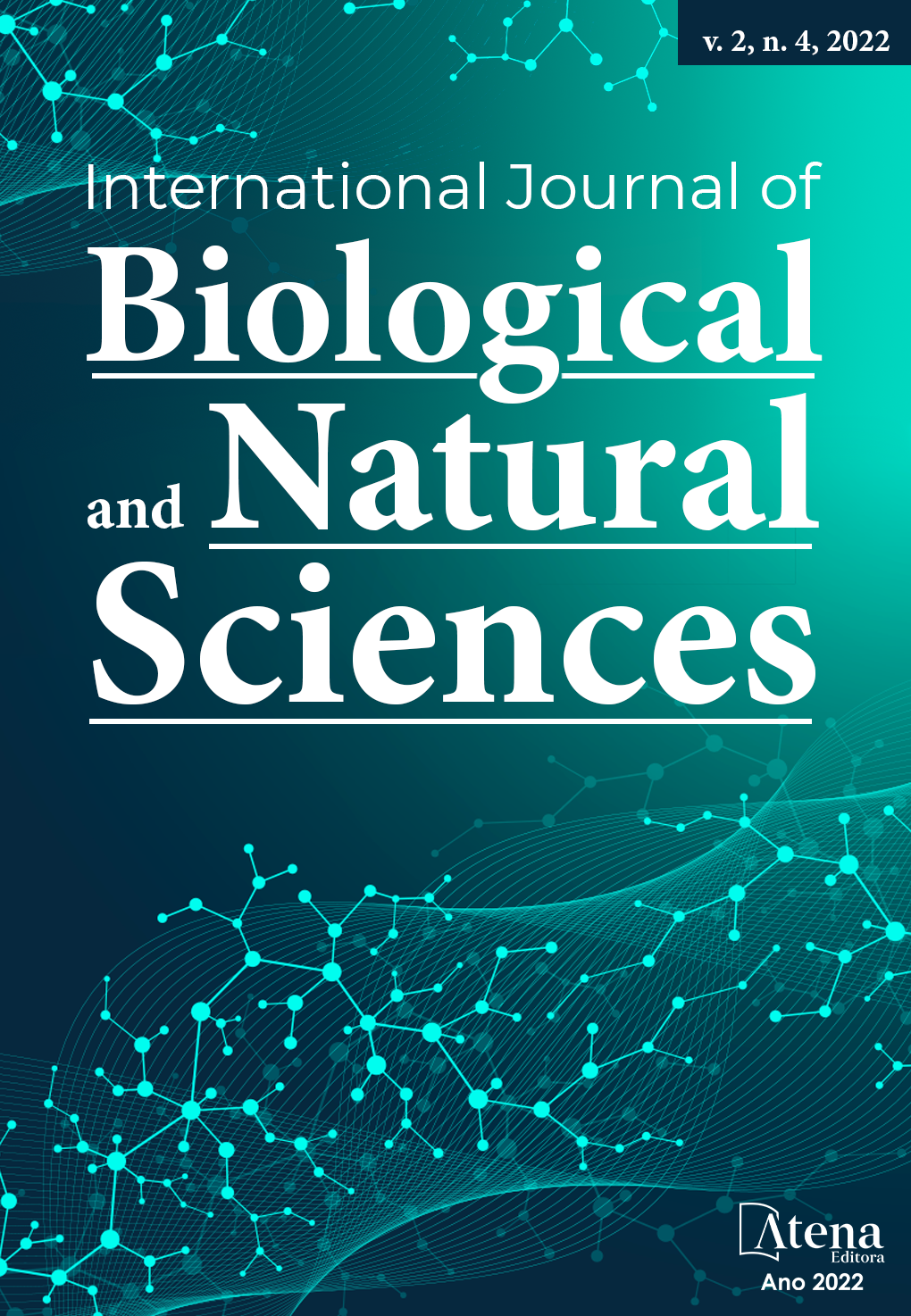
COMPOSITION, MICROHABITAT AND CONSERVATION OF THE ANURANS COMMUNITY IN LOWER BASIN TEMASCATIO RIVER, GUANAJUATO
Llevamos a cabo este estudio en Cuenca baja del río Temascatio, Guanajuato, México, en un ambiente tropical estacional. Identificamos aspectos ecológicos del uso de microhábitat y composición de nueve especies de anuros en tres tipos de vegetación, en la estación de secas y lluvias. Caracterizamos cinco tipos de habitats: saxícolas, arborícolas, terrestres, acuáticos y riparios. El bosque tropical caducifolio y el matorral subtropical presentaron una mayor cantidad de especies que el bosque de encino. Se observaron cambios significativos para especies y por estaciones en el uso del microhábitat entre la estación de lluvias y secas. El solapamiento de nicho estuvo relacionado con los hábitats de las especies; como es el caso de las especies arboreas-terrestres; Dryophytes eximius, Anaxyrus compactilis, A. punctatus, D. arenicolor e Hipopachus variolosus, y las especies acuáticas; Lithobates neovolcanicus y L. megapoda, que presentaron altos valores de solapamiento. El análisis de componentes principales mostró que el factor térmico y la vegetación explican la estuctua de la comunidad de anuros, más no así el uso del microhábitat. Este trabajo provee infomación antes no descrita sobre la ecología de los anuros que hábitan en CBRT, y emite una señal de alerta para la conservación de las especies en el sitio, pues el EVS (índice de vulnerabilidad ambiental) mostró que A. punctatus, Spea multiplicata, H. variolosus y L. megapoda presentaron valores de alta vulnerabilidad. Finalmente, al concluir que la vegetación natural determina la presencia y estructura de la comunidad de anuros, los gobiernos locales deben priorizar la protección de este ecosistema.
COMPOSITION, MICROHABITAT AND CONSERVATION OF THE ANURANS COMMUNITY IN LOWER BASIN TEMASCATIO RIVER, GUANAJUATO
-
DOI: 10.22533/at.ed.8132422300610
-
Palavras-chave: Anfibios, ecología, nicho, vegetación.
-
Keywords: Amphibians, ecology, niche, vegetation.
-
Abstract:
We carried out this study in the lower basin of the Temascatio River, Guanajuato, Mexico, in a seasonal tropical environment. We identified ecological aspects of the microhabitat use and composition of nine species of anurans found in three types of vegetation, in both the dry and rainy seasons. We characterized five types of habitats (saxicolous, arboreal, terrestrial, aquatic and riparian). The tropical deciduous forest and subtropical scrubland had higher species representation than oak forest. A significant change was observed, both by species and season, and in the use of microhabitats between the rainy and dry seasons. Niche overlap was related to the habits of the species; that is, the arboreal–terrestrial species (Dryophytes eximius, Anaxyrus compactilis, A. punctatus, D. arenicolor and Hipopachus variolosus) and the aquatic species (Lithobates neovolcanicus and L. megapoda) presented the highest overlap values. The principal component analysis showed that the thermal factor and vegetation explain the structure of the anuran community, but not microhabitat use. This work provides information on the ecology of the anurans inhabiting in the LBTR and emits an alert signal for conservation of the species at site, since the EVS (Enviroment Vulnerability Score) showed that A. punctatus, Spea multiplicata, H. variolosus and L. megapoda presented values of high vulnerability. Finally, when concluding that natural vegetation determines the presence and structure of the anuran community, local governments must prioritize the protection of this ecosystem.
-
Número de páginas: 21
- María del Carmen Guadalupe Mendoza-Portilla
- Carlos Jesús Balderas-Valdivia
- Christian Berriozabal-Islas
- Adrian Leyte Manrique


